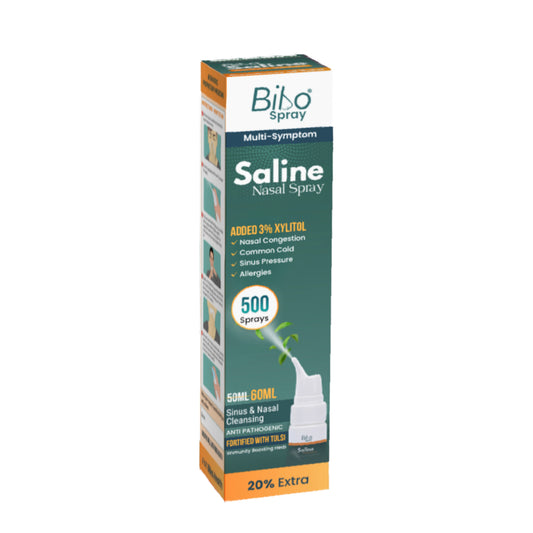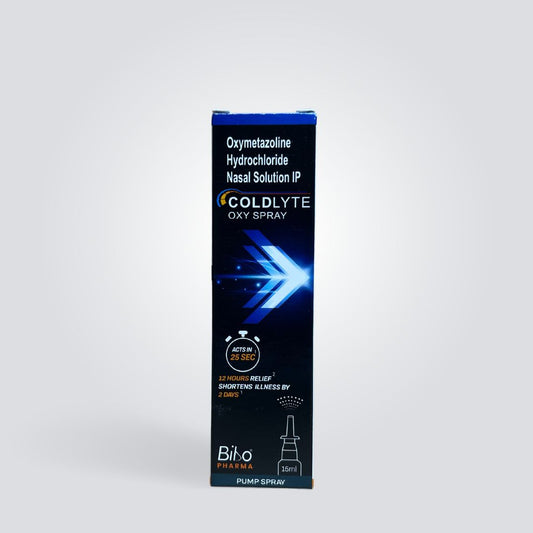
Blog written by: Dr Anju Balakrishnan
On March 1st, NDTV reported India's Forecast on Heat waves after experiencing the highest temperature in February since 1901. The weather office experts express the probability of heat waves in most parts of India for the coming three months. These variable climatic conditions not only affect the economic trade aspect of India but are dreadful to health concerns of the individual as well.
Due to this climatic and seasonal variation, various new diseases are getting originated day by day. Here comes the approach of Ayurveda towards these climatic and health conditions. Ayurveda aims in maintaining the health of a healthy individual and prevents disease by following proper diet and lifestyle regimens. For this, Rithucharya (Seasonal lifestyle modifications) is very important.
According to Ayurveda, a year is divided into 2 Ayanas depending on the movement of the Sun, that is, Uttarayana and Dakshinayana. Each Ayana is formed by 3 seasons. Dakshinayana/Visargakala consist of Varsha, Sharad and Hemantha Ritu. Here the moon is so powerful. Through the influence of Ritu, gradually person attains strength. Whereas Uttarayana/ Adanakala consist of Shishira, Vasantha and Greeshma. In this Ritu, Sun and Wind will be more predominant, and the strength of the person will be gradually reduced.
So the coming 3 months can be included in Uttarayana kala, and utmost care has to be taken since one’s strength is comparatively less. Because of Excessive heat, moisture present in the environment, as well as the body, will dry up, which leads to the depletion of kapha and increases vata in the body. This will gradually reduce the strength of the person. The Agni (digestive fire) of the individual will be mild in this season, so a proper diet has to be followed.
Common health problems like dehydration, sunburn, allergies ( dust, pollen), fungal infections due to excess sweating, prickly heat, skin rashes, chicken pox, measles and chances for food poisoning are also more since food gets spoiled easily due to excessive heat.
Food with the predominance of Madhura (sweet) taste should be consumed to pacify vitiated vata dosha. Madhura rasa also normalizes kapha. But since the digestive power is mild, one should take Laghu (light) diet, which is easily digestible.
Since the temperature is hot and dry, it dehydrates one's body. So Sheetha (cold) and Snigdha ( unctuous) guna yuktha ahara’s has to be taken. Sweet taste and unctuous property help to normalize the morbid vata and kapha. Since there is an excess of water loss, one has to hydrate themself with plenty of fluids like drinking water, coconut water, butter milk etc. Water keeps the body cool. One can take Shali (rice), mamsa rasa (meat soups), shadava (juice prepared out of various fruits), food which is light and cool, salads etc.
One can also go for day-sleep. Chandana (sandal) can be used as a body anoint since it has a cooling property. One should go for thin cotton clothing.
One should avoid intake of food with Amla (sour), Lavana (salty) and Katu (spicy) properties. Since the food having the above property can vitiate vata dosha and deplete Kapha dosha, one has to avoid these. One has to reduce the intake of tea/ coffee, carbonated beverages, soft drinks, alcohol, fried food, curd etc. Reduce intake of vegetables like radish, beetroot, garlic, and onion since they can produce more heat.
One should also avoid exposure to sunlight and excessive exercise since there is reduced strength. Good hygiene has to be maintained to get rid of sweat and bad odour.




